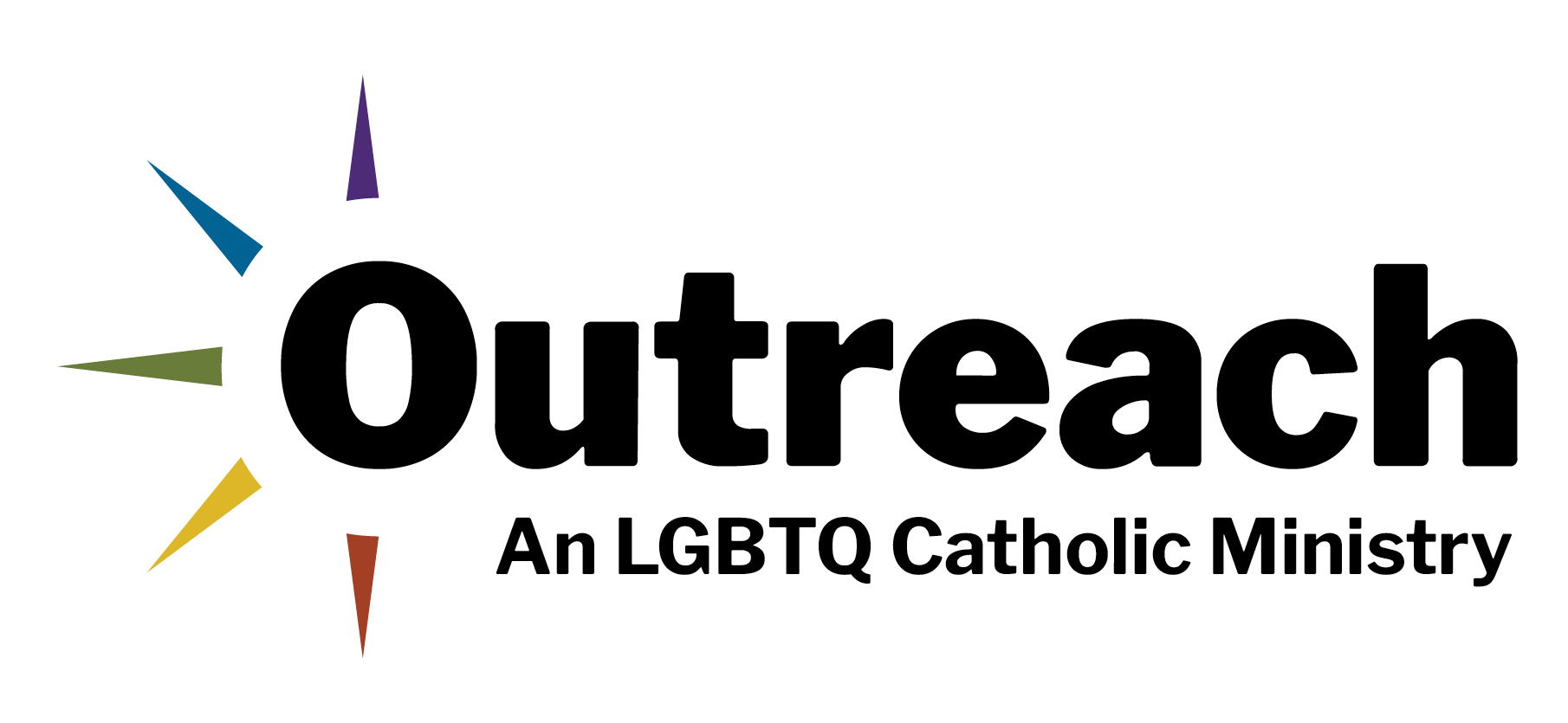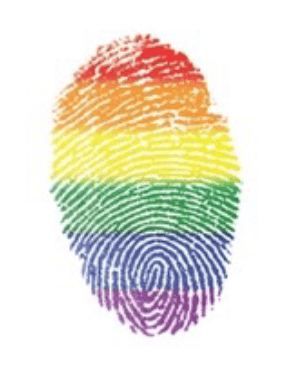This article is co-published with The Jesuit Post.
A few weeks ago, Ross Douthat published an opinion piece in the New York Times titled “American Teens are Really Miserable, Why?” The article opens with the following paragraph:
American teenagers, and especially American teenage girls, are increasingly miserable: more likely to entertain suicidal thoughts and act on them, more likely to experience depression, more likely to feel beset by “persistent feelings of sadness or hopelessness,” to quote a survey report from the Centers for Disease Control and Prevention.”
This is all true, but it does not capture the whole picture of the C.D.C. study he cites. The study does indeed reveal that teenage girls are especially struggling with mental health, and this is not to be dismissed. But there is another group that is suffering at even higher rates, which Douthat does not mention—LGBTQ teens.
For example, while in 2021, “almost 60 percent of female students experienced persistent feelings of sadness or hopelessness during the past year and nearly 25 percent made a suicide plan,” 70 percent of LGBQ+ students experienced persistent feelings of sadness or hopelessness during the past year. Twenty-five percent attempted suicide in the past year.
Suffering and Resilience
It is important to note before continuing that while the statistics about LGBTQ youth mental health and well-being are shocking, these same students also show remarkable resilience and courage in the face of often tremendous challenges. With this said, and without diminishing the recognition of their own strength, they do indeed suffer tremendously, and this is important to recognize.
Across every measure of mental health investigated by the CDC report, LGBQ+ students fared the worst as a group compared to breakdowns according to gender, race, and ethnicity.
They experienced persistent feelings of sadness or hopelessness, experienced poor mental health, seriously considered attempting suicide, made a suicide plan, attempted suicide and were injured in a suicide attempt that had to be treated by a doctor or nurse at higher percentages than any other group. (All of this is with the exception of students who had had any same-sex sexual contact, independent of whether they identified as LGBQ+.)
Furthermore, among students who had used marijuana during the past 30 days, ever used illicit drugs, ever misused prescription opioids or misused prescription opioids during the past 30 days, LGBQ+ students posed the highest percentages compared to all other group breakdowns.
In short, the C.D.C. study reveals that LGBQ+ students are struggling tremendously.
Among students who did not go to school because of safety concerns during the past 30 days, were electronically bullied in the past year, were bullied at school, had ever been forced to have sex, or experienced sexual violence by anyone in the past year, LGBQ+ students also posed the highest percentages.
In short, the C.D.C. study reveals that LGBQ+ students are struggling tremendously. Let me be clear, I’m not trying to pit female students against LGBQ+ students against each other in some sort of competition of suffering. All the findings matter, and since female students are 50 percent of the population of students, findings about them deserve to be highlighted.
But I think it is important not to miss what the study reveals about LGBQ+ people, since they are in fact suffering the most with regard to mental health and across other risk factor areas, and since historically the pain and struggle of this group of people has not been acknowledged or brought to light with as much energy.
But the study itself also contains a final glaring omission I have yet to mention—the experience of transgender youth. The data from the C.D.C. study does not include “transgender” in its acronym (LGBQ+) because it did not provide a space for students to identify their gender identity in this way on their surveys.
This is problematic for two reasons in particular: It continues the trend of overlooking the experience of transgender people, and therefore, it fails to show how transgender youth are suffering at even higher rates than the rest of the LGBTQ community, as other studies have shown. There are layers to amnesia and blindness to the experience of LGBTQ youth that extend even to some of our most respected scientific institutions.
A Catholic Response
What might a Catholic understanding of and response to this crisis among LGBTQ young people look like? Three thoughts come to mind, based on the example Jesus sets for us. The first is a simple acknowledgment of the crisis itself, and to let it touch our hearts. Yahweh heard the cries of the Hebrew people in Egypt and knew their suffering (Ex. 3:7).
Jesus calls us to see and hear the cries of the poor and suffering today, which includes LGBTQ young people.
Jesus, before healing people, first saw and heard them in their need. He saw Zacchaeus in the tree. He heard the blind man calling out. And when Jesus saw the need of people around him, his heart was moved with compassion. In the same way, Jesus calls us to see and hear the cries of the poor and suffering today, which includes LGBTQ young people, and to allow our hearts to be moved with compassion.
Second, Catholics need to acknowledge, or at least consider, the role religion, the institutions of the Catholic Church and individual Catholics have played in the suffering of LGBTQ youth. This, too, is modeled on the life and ministry of Jesus.
He called out the religious leaders of his time for neglecting people’s needs and even causing people to suffer because of their particular understanding of religion and the demands it made on people. The “poor” that Jesus sought to minister to and heal were, at times, poor because of the actions and attitudes of religious leaders. These poor people were at least not supported by their religious leaders.
This dynamic is alive today. It seems unavoidable to deny that negative attitudes and actions toward LGBTQ people find some of their deepest roots in Christian presuppositions and convictions. Catholics cannot pretend, in seeking to meet the needs of LGBTQ youth who are suffering, that the Christian tradition they belong to has not played a major part in cultivating the ideological, religious and social conditions which are part of the suffering they are now trying to alleviate.
Finally, as Catholics, we are invited not only to actively play a part in combating what is causing the suffering of these young people, but even more so to encounter them in order to see Christ and his kingdom present in them.
In Jesus’ time, it was most especially among the downtrodden and poor that the inbreaking of God’s Kingdom was realized. Jesus, furthermore, directly identified himself with the hungry, thirsty, the stranger, naked, sick and imprisoned.
LGBTQ youth are not simply to be passive benefactors of Christian charity— they are to be our teachers and mediators of God’s presence. In encountering them, we encounter Christ. And in not doing so, we as a church are less.
Jesus, in short, calls us to love LGBTQ youth by and through new vision, compassion, repentance and encounter. What this looks like concretely and where it leads cannot be determined beforehand. But we as Catholics can have faith that in following the example of Christ in our personal and communal relationships with LGBTQ youth, we can participate in the ongoing inbreaking of God’s reign of healing, mercy and love.




